Cephalothin sodium
Synonym(s):7-(2-Thienylacetamido)cephalosporanic acid sodium salt;Cephalothin sodium salt;Cephalotin sodium salt
- CAS NO.:58-71-9
- Empirical Formula: C16H16N2O6S2.Na
- Molecular Weight: 418.42
- MDL number: MFCD00072025
- EINECS: 200-394-6
- SAFETY DATA SHEET (SDS)
- Update Date: 2025-01-21 19:14:50

What is Cephalothin sodium?
Description
Cefalothin is a β-lactam cephalosporin antibiotic. It inhibits the growth of various Gram-positive and Gram-negative bacteria, including several strains of S. pyogenes, S. aureus, C. tetani, N. gonorrhoeae, Salmonella, and Shigella (MICs = 0.1-0.2, 0.312-0.625, 0.078, 1.25, 1.56-6.25, and 3.12-12.5 μg/ml, respectively). Cefalothin binds to E. coli penicillin-binding proteins (PBPs; IC50s = <0.25, 16, 37, and 1 μg/ml for PBP1a, 1bs, 2, and 3, respectively, in a radioligand binding assay), which interferes with bacterial morphogenesis. It exhibits antibacterial activity in mouse models of infection with S. pyogenes, D. pneumoniae, and S. aureus. Formulations containing cefalothin were previously used in the prophylaxis and treatment of bacterial infections.
Chemical properties
Crystalline
Originator
Keflin,Lilly,US,1964
The Uses of Cephalothin sodium
Cephalothin sodium salt is used to study the mechanism of liposome encapsulated antibiotics1, strategies for co-opting β-lactamases of Gram-negative bacteria for treatment of antibiotics2, and for immunology studies in relation to antibiotics.3 It is used to study the effect of expression, binding and inhibition of penicillin-binding proteins especially PBP6 on bacterial cell wall mucopeptide synthesis.
The Uses of Cephalothin sodium
Antibacterial;Bacterial transpeptidase inhibitor
The Uses of Cephalothin sodium
Cephalothin is a first-generation cephalosporin antibiotic used to study the mechanism of liposome encapsulated antibiotics,strategies for co-opting β-lactamases of Gram-negative bacteria for treatment of antibiotics,and for immunology studies in relation to antibiotics.It is used to study the effect of expression, binding and inhibition of penicillin-binding proteins especially PBP6 on bacterial cell wall mucopeptide synthesis.
What are the applications of Application
Cephalothin sodium salt is a firrst generation cephem antibiotic
Definition
ChEBI: Cephalothin sodium is an organic sodium salt. It contains a cefalotin.
Manufacturing Process
7-(2'-Thienylacetamido)cephalosporanic acid sodium salt may be produced from 2-thienylacetyl chloride, obtainable by treatment of 2-thienylacetic acid [Ernst, Berichte, 19 (1886) 3281] with thionyl chloride in a conventional manner. The 2-thienylacetyl chloride is then reacted with 7- aminocephalosporanic acid and then converted to the sodium salt using sodium hydroxide.
brand name
Keflin (Lilly); Seffin (GlaxoSmithKline).
Therapeutic Function
Antibacterial
General Description
Cephalothin, along with cephaloridine, was the first of the synthetic cephalosporin C class antibiotics to be introduced clinically. It was synthesized from 7-amino-cephalosporanic acid by Lilly Research Laboratories in 1962. Cephalothin shows strong activity against gram-positive and gram-negative bacteria and Leptospira, including benzylpenicillin-resistant strains. It has been used intravenously and intramuscularly to treat a variety of infections caused by Staphylococcus, Streptococcus, Escherichia coli, and Neisseria. The drug is metabolized in vivo, and the metabolite, deacetylcephalothin, is almost inactive.
Clinical Use
Cephalothin sodium (Keflin) occurs as a white to off-white,crystalline powder that is practically odorless. It is freelysoluble in water and insoluble in most organic solvents.Although it has been described as a broad-spectrum antibacterialcompound, it is not in the same class as the tetracyclines.Its spectrum of activity is broader than that ofpenicillin G and more similar to that of ampicillin. Unlikeampicillin, cephalothin is resistant to penicillinase producedby S. aureus and provides an alternative to the use ofpenicillinase-resistant penicillins for the treatment of infectionscaused by such strains.
Cephalothin is absorbed poorly from the GI tract andmust be administered parenterally for systemic infections. It is relatively nontoxic and acid stable. It is excreted rapidlythrough the kidneys; about 60% is lost within 6 hours of administration.Pain at the site of intramuscular injection andthrombophlebitis following intravenous injection have beenreported. Hypersensitivity reactions have been observed,and there is some evidence of cross-sensitivity in patientsnoted previously to be penicillin sensitive.
Properties of Cephalothin sodium
| Melting point: | 240°C |
| alpha | D +135° (c = 1.0 in water) |
| storage temp. | Inert atmosphere,2-8°C |
| solubility | H2O: 50 mg/mL, clear, faintly yellow |
| form | neat |
| form | Solid |
| color | White to Off-White |
| Water Solubility | 158 mg/L |
| Merck | 13,1994 |
| BRN | 4120706 |
| Stability: | Hygroscopic |
| CAS DataBase Reference | 58-71-9(CAS DataBase Reference) |
Safety information for Cephalothin sodium
| Signal word | Danger |
| Pictogram(s) |
 Health Hazard GHS08 |
| GHS Hazard Statements |
H317:Sensitisation, Skin H334:Sensitisation, respiratory |
| Precautionary Statement Codes |
P261:Avoid breathing dust/fume/gas/mist/vapours/spray. P280:Wear protective gloves/protective clothing/eye protection/face protection. P284:Wear respiratory protection. P304+P340:IF INHALED: Remove victim to fresh air and Keep at rest in a position comfortable for breathing. P342+P311:IF experiencing respiratory symptoms: call a POISON CENTER or doctor/physician. |
Computed Descriptors for Cephalothin sodium
Cephalothin sodium manufacturer
Aruvi Labs
New Products
Methyl (R)-1-Boc-4,4-difluoropyrrolidine-2-carboxylate 2,2-Difluoropropylamine hydrochloride tert-butyl 3-bromoazetidine-1-carboxylate (R)-1-Boc-3-hydroxypyrrolidine DIFLUOROACETIC ANHYDRIDE 2,2-Difluoropropionic acid Diallylamine, 99% Calcium hydroxide, 95% Aluminum oxide, basic 2-Bromophenylacetonitrile, 97% L-tert-Leucine,97% N-Hydroxy-2-methylpropanimidamide 4-(3,4-Dichlorophenyl)-3,4-Dihydro-N-Methyl-1-(2H)-Naphthalenimine (Schiff Base) 2-AMINO-3,5-DIBROMO BENZALDEHYDE [ADBA] L-Glutamic Acid Dimethyl Ester Hcl 10-Methoxy-5H-dibenz[b,f]azepine 5-Cyanophthalide N, N-Carbonyldiimidazole (CDI) Dibenzoyl Peroxide Titanium Dioxide 2-(Methylthio) Benzonitrile Sodium Acetate Anhydrous Allopurinol 1,5-DibromopentaneRelated products of tetrahydrofuran
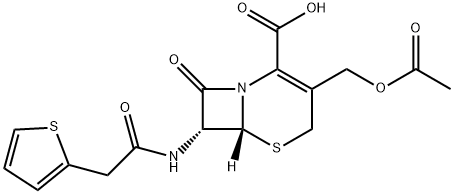
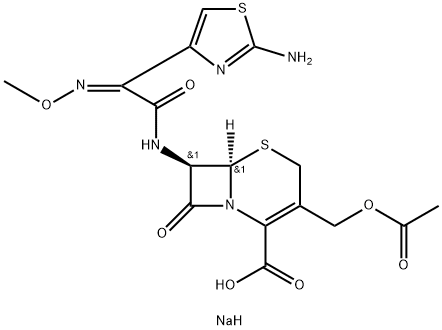
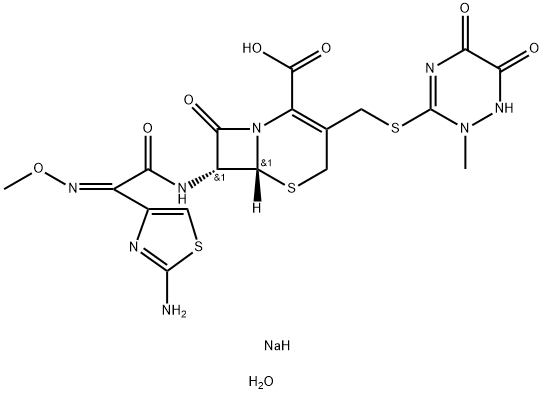
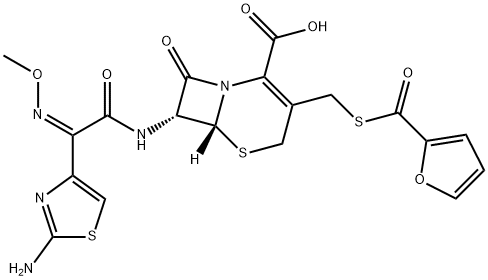
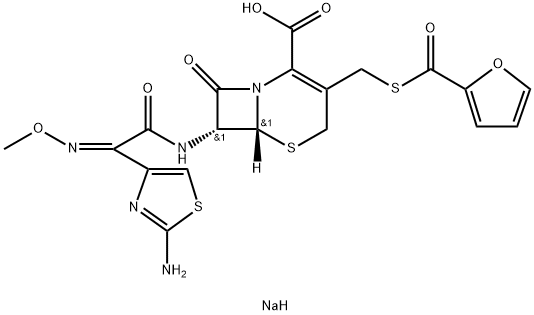
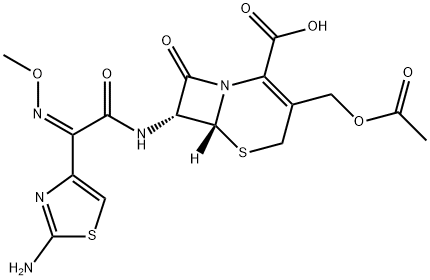
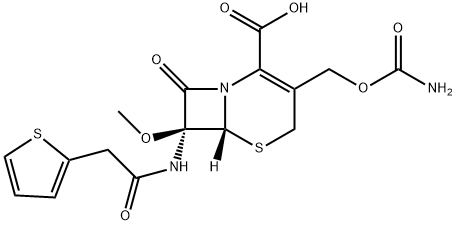
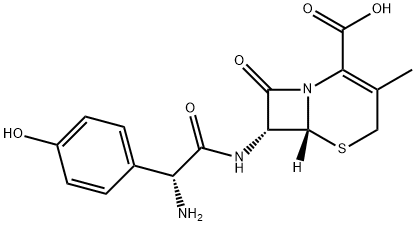
You may like
-
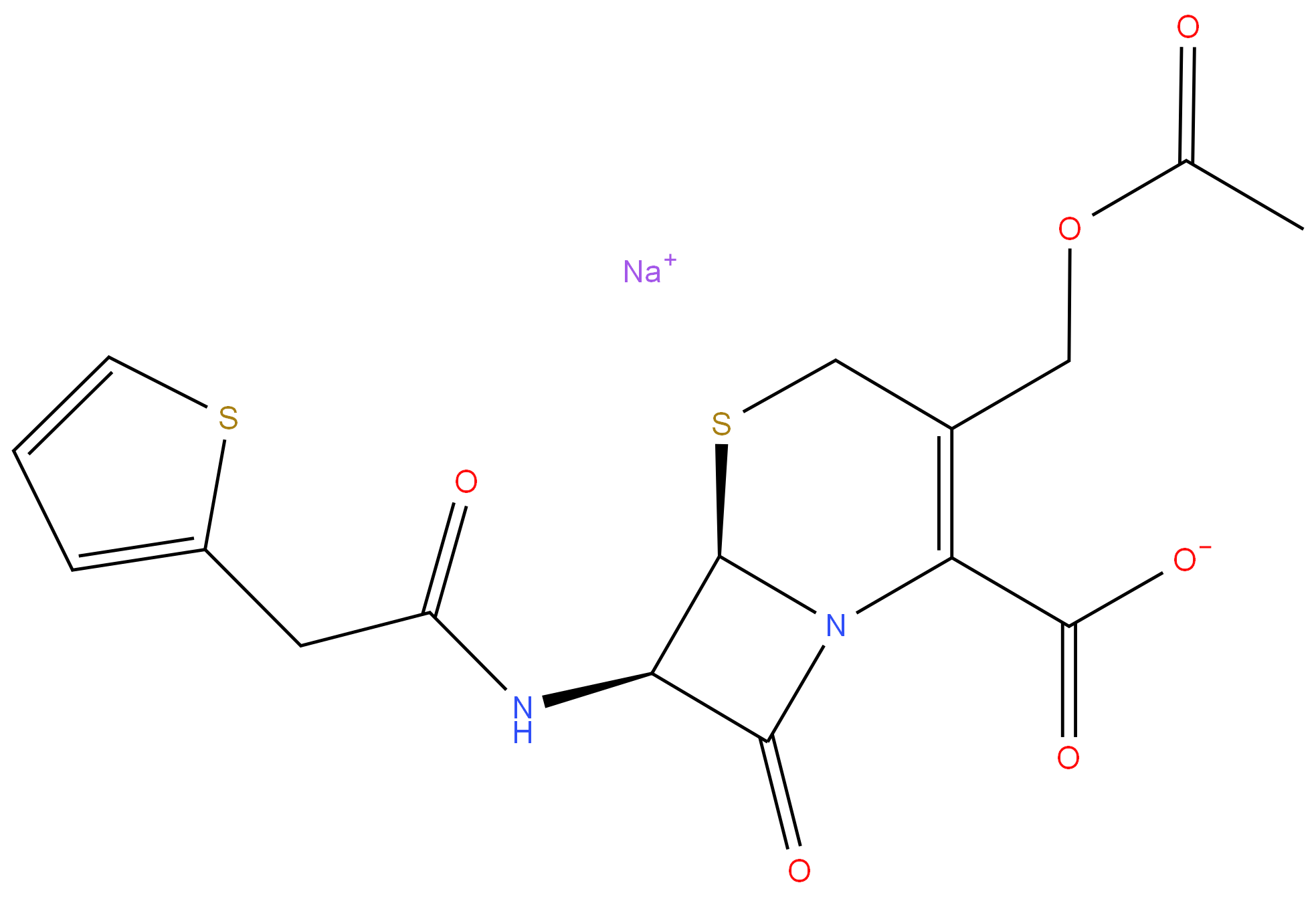 58-71-9 98%View Details
58-71-9 98%View Details
58-71-9 -
 Cephalothin sodium salt 98%View Details
Cephalothin sodium salt 98%View Details
58-71-9 -
 Cefalotin sodium salt 97% CAS 58-71-9View Details
Cefalotin sodium salt 97% CAS 58-71-9View Details
58-71-9 -
 Cephalothin Sodium Salt (CF) CAS 58-71-9View Details
Cephalothin Sodium Salt (CF) CAS 58-71-9View Details
58-71-9 -
 Cephalothin sodium CAS 58-71-9View Details
Cephalothin sodium CAS 58-71-9View Details
58-71-9 -
 Ethyl-2-Chloroacetoacetate 609-15-4View Details
Ethyl-2-Chloroacetoacetate 609-15-4View Details
609-15-4 -
 609-15-4View Details
609-15-4View Details
609-15-4 -
 27143-07-3View Details
27143-07-3View Details
27143-07-3
